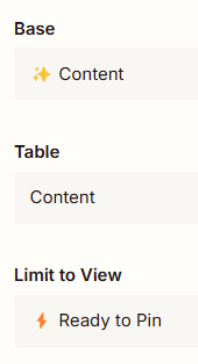My zaps with Airtable triggers are only triggering sporadically. It’s almost like I have to log in to the base for the zap to run.
Is there a way for me to use a different trigger to watch when a new record enters a certain view, since this one isn’t working?

When the current zap actually triggers, the zap itself works, so the issue lies with Zapier recognizing that it needs to trigger.







